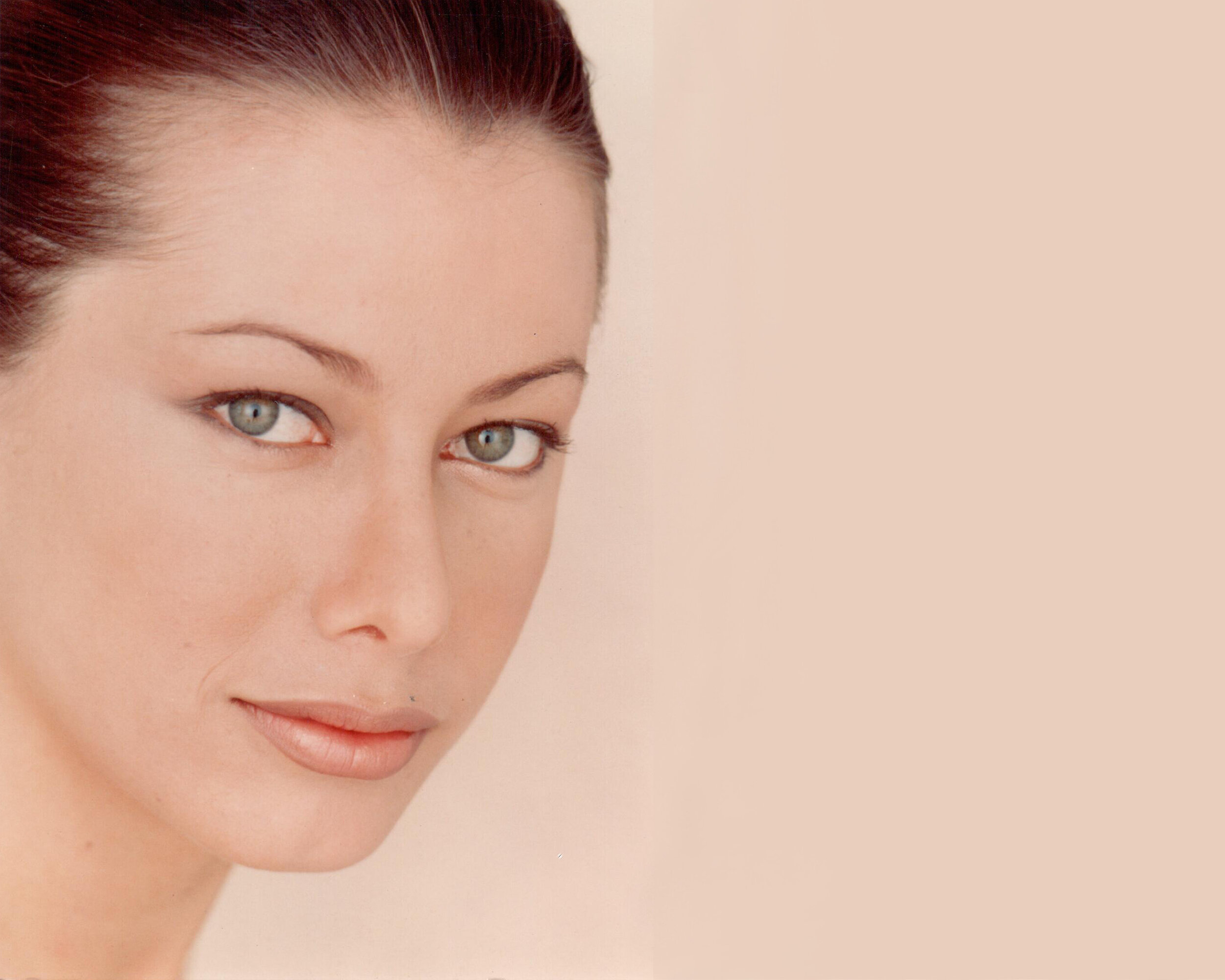Revision Rhinoplasty
When is revision rhinoplasty necessary and by whom should it be performed?
 If this were a perfect world, nothing would ever have to be revised — not term papers, not architectural plans, not choreography, not recipes, not school curricula, not movie scripts, and certainly not cosmetic surgeries to improve the appearance of the nose.Of course, we all know that our world is far from perfect and that revisions are part of life. Still, to go through an operation with high expectations of improved appearance and increased self-esteem, and to come out disheartened, facing the possibility of another surgical procedure, is never fun. On the other hand, knowing that, though it will take some time, mistakes, even highly visible ones, can be corrected, moving closer to our desired goal, is extremely reassuring.
If this were a perfect world, nothing would ever have to be revised — not term papers, not architectural plans, not choreography, not recipes, not school curricula, not movie scripts, and certainly not cosmetic surgeries to improve the appearance of the nose.Of course, we all know that our world is far from perfect and that revisions are part of life. Still, to go through an operation with high expectations of improved appearance and increased self-esteem, and to come out disheartened, facing the possibility of another surgical procedure, is never fun. On the other hand, knowing that, though it will take some time, mistakes, even highly visible ones, can be corrected, moving closer to our desired goal, is extremely reassuring.
What are some of the reasons patients need a revision rhinoplasty?
There are many reasons a revision rhinoplasty may be necessary for a particular patient. Some have to do with the original doctor’s lack of skill or mistaken approach; others may result from unreasonable expectations on the part of the patient. Reasons for revision rhinoplasty include:
- Patient’s unrealistic expectations and incomplete awareness of the surgical limitations
- Unqualified or inexperienced surgeon who removes too much or too little tissue or bone
- Surgeon who mistakenly mispositions the nose
- Surgeon who mispositions nasal structures relative to one another
- Excessive scarring which may not only be unsightly but may interfere with breathing
- Unexpectedly poor healing
Although it is certainly true that the more experienced and talented the rhinoplasty specialist, the better the results are likely to be, it is also true that mistakes occur even when patients are in the care of the most highly skilled surgeons, and that there are always unpredictable factors in any surgery relative to the patient’s unexpected anatomical variations from the norm, differences in the elasticity of the patient’s skin, and variations in healing rates.
How long after your original rhinoplasty can you schedule a revision rhinoplasty procedure?
Though it is natural to be impatient for revision rhinoplasty, specialists advise that their patients wait at least one year after the first operation before scheduling another rhinoplasty procedure. This is necessary because it may take a full 12 months for all swelling to subside and scar tissue to soften. It is only after this period of time has passed that the surgeon can fully evaluate any remaining abnormalities in order to design a creative, individualized plan of repair.Patients should be aware that, on occasion, it may take more than one procedure to achieve the desired results, particularly when there have been major complications or the patient is truly disfigured as a result of the unsuccessful operation. The qualified rhinoplasty expert will probably be able to predict these multiple procedures that, far from indicating a lack of success, will merely be part of the challenging revision process.
Revision Rhinoplasty in NYC with Closed Rhinoplasty Specialist Dr Tobias
To give yourself the highest probability of a successful surgery on the first try, make sure to research your surgeon thoroughly. Not only should the physician be board-certified, highly experienced, and well-reputed, the surgeon should be able to show you glowing testimonials from delighted former patients. The surgeon should also have a portfolio of before and after photos of patients, demonstrating surgical skill and artistry. When choosing a rhinoplasty surgeon for your first operation or for a revision procedure, give yourself the best possible chance of success by selecting a physician who is not only a plastic surgeon, but who specializes only in rhinoplasty.

